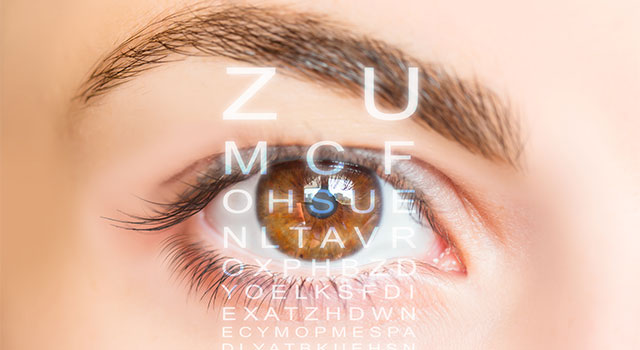Specialist Glaucoma Service Near Me: Advanced Therapy Options
Specialist Glaucoma Service Near Me: Advanced Therapy Options
Blog Article
The Role of Advanced Diagnostic Tools in Identifying Eye Disorders
In the realm of ophthalmology, the use of advanced diagnostic devices has actually changed the very early identification and management of various eye disorders. From identifying subtle adjustments in the optic nerve to keeping an eye on the development of retinal diseases, these modern technologies play a critical role in boosting the accuracy and effectiveness of diagnosing eye problems. As the demand for specific and prompt diagnoses remains to expand, the integration of innovative devices like optical coherence tomography and visual area screening has come to be vital in the world of eye treatment. The elaborate interplay between innovation and sensory practices not just loses light on complex pathologies however additionally opens doors to customized treatment methods.
Significance of Very Early Medical Diagnosis
Early diagnosis plays a pivotal function in the efficient administration and therapy of eye disorders. By identifying eye problems at a very early stage, health care carriers can offer suitable therapy plans customized to the specific problem, eventually leading to much better end results for patients.

Innovation for Detecting Glaucoma
Advanced analysis technologies play a vital duty in the early detection and surveillance of glaucoma, a leading root cause of irreparable blindness worldwide. One such technology is optical comprehensibility tomography (OCT), which supplies comprehensive cross-sectional photos of the retina, permitting the dimension of retinal nerve fiber layer density. This measurement is crucial in examining damage triggered by glaucoma. Another sophisticated device is visual area testing, which maps the level of sensitivity of a patient's visual field, aiding to detect any kind of areas of vision loss attribute of glaucoma. Furthermore, tonometry is made use of to determine intraocular pressure, a significant risk aspect for glaucoma. This test is essential as raised intraocular pressure can cause optic nerve damages. Additionally, more recent innovations like the usage of expert system formulas in examining imaging data are showing appealing cause the early discovery of glaucoma. These advanced diagnostic tools make her comment is here it possible for ophthalmologists to identify glaucoma in its very early phases, enabling prompt intervention and far better management of the disease to avoid vision loss.
Function of Optical Coherence Tomography

OCT's capability to quantify retinal nerve fiber layer thickness enables accurate and objective dimensions, aiding in the early discovery of glaucoma even prior to aesthetic area problems emerge. OCT modern technology allows longitudinal surveillance of structural adjustments over time, helping with personalized therapy strategies and timely interventions to assist maintain clients' vision. The non-invasive nature of OCT imaging likewise makes it a favored option for keeping an eye on glaucoma progression, as it can be duplicated frequently without causing discomfort to the person. On the whole, OCT plays a crucial duty in enhancing special info the analysis precision and monitoring of glaucoma, inevitably adding to better results for individuals in jeopardy of vision loss.
Enhancing Medical Diagnosis With Visual Area Screening
A crucial element in extensive ocular examinations, aesthetic area testing plays a pivotal function in improving the diagnostic process for numerous eye problems. By examining the complete extent of a patient's visual area, this examination provides vital information concerning the functional integrity of the whole visual pathway, from the retina to the aesthetic cortex.
Visual area screening is specifically important in the medical diagnosis and monitoring of conditions such as glaucoma, optic nerve conditions, and different neurological diseases that can impact vision. Via measurable measurements of peripheral and central vision, medical professionals can find refined adjustments that might indicate the existence or development of these disorders, also check this before visible signs and symptoms happen.
Additionally, visual area testing allows for the surveillance of therapy effectiveness, aiding ophthalmologists tailor restorative treatments to private patients. eyecare near me. By tracking modifications in aesthetic field performance in time, healthcare suppliers can make enlightened decisions regarding changing medications, suggesting medical interventions, or applying various other appropriate actions to protect or improve an individual's aesthetic function
Taking Care Of Macular Deterioration

Conclusion
In conclusion, advanced analysis devices play an essential duty in determining eye conditions at an early stage. Technologies such as Optical Coherence Tomography and aesthetic area screening have considerably enhanced the precision and efficiency of detecting problems like glaucoma and macular deterioration. Early detection permits for timely intervention and administration of these problems, inevitably leading to better outcomes for clients. It is important for medical care professionals to remain updated on these improvements to supply the very best feasible look after their clients. eyecare near me.
Report this page